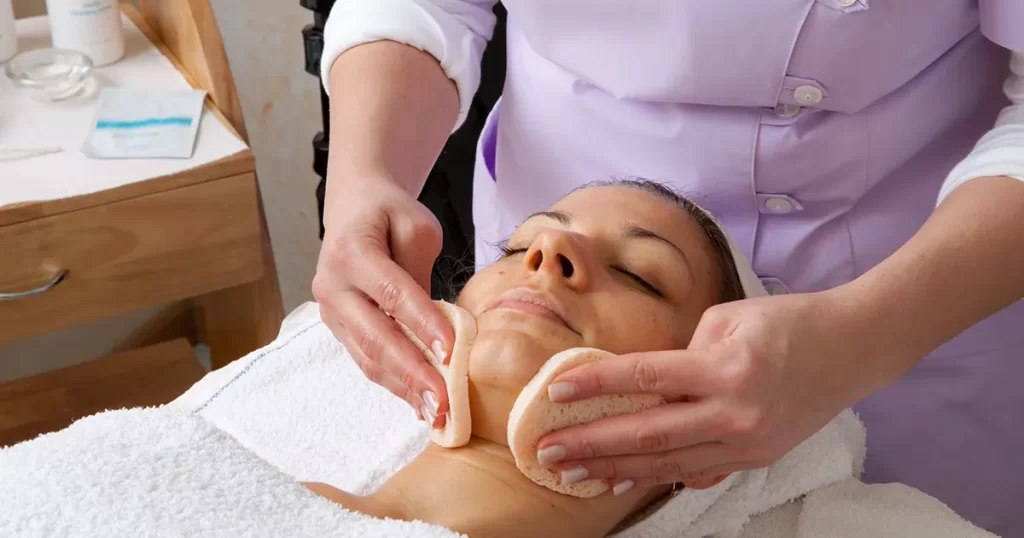An esthetics training course typically covers a wide range of topics related to skin care, makeup application, and beauty treatments. The exact content of the course can vary depending on the program and the specific certification or licensure requirements in the region.
Here are some common topics covered in an esthetics training course:
- Skin anatomy and physiology: This involves learning about the structure and functions of the skin, including the various layers, cells, and tissues that make up the skin.
- Skin analysis and consultation: Estheticians need to be able to analyze a client’s skin type, condition, and concerns in order to recommend appropriate treatments and products.
- Facial treatments: This includes learning about different types of facials, such as deep cleansing, exfoliating, and hydrating treatments, as well as facial massage techniques.
- Hair removal: Estheticians learn how to perform various methods of hair removal, including waxing, threading, and sugaring.
- Makeup application: This involves learning about different makeup products, tools, and techniques for various occasions and skin types.
- Product knowledge: Estheticians need to be familiar with different skincare and beauty products, including ingredients, formulations, and potential benefits or drawbacks.
- Client communication and management: Estheticians need to be able to communicate effectively with clients, understand their needs and concerns, and provide appropriate recommendations and follow-up care.
Overall, an esthetics training course aims to provide a comprehensive foundation in skincare and beauty treatments, as well as prepare students for licensure exams and entry-level jobs in the industry.




